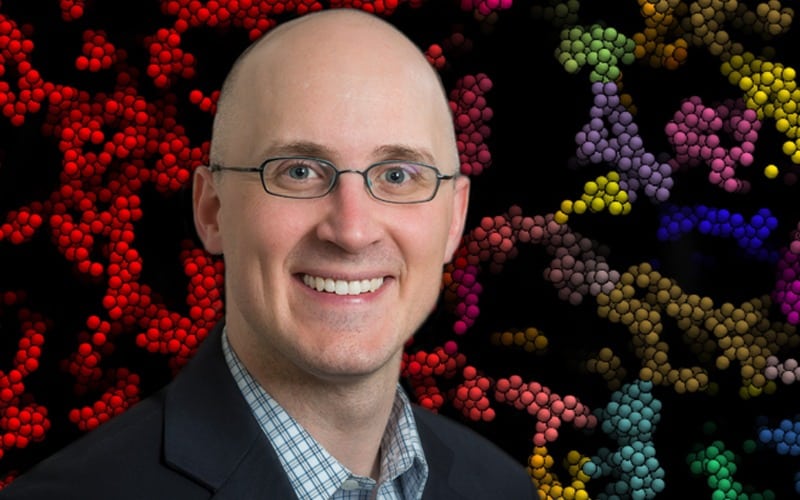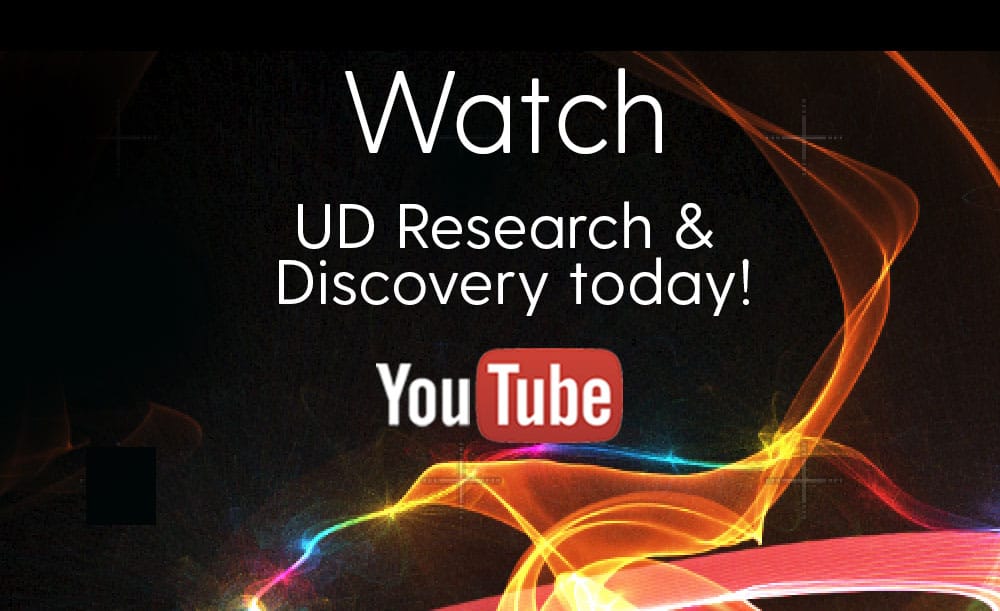RESEARCH
DISCOVERY
A Blog Devoted to UD Innovation, Excellence & Scholarship
COVID-19
COVID’s Crushing Impact on Public Health
The impact on those who treat the sick and dying has been the focus of much study and the exhaustion of health care workers pulling extra shifts and covering for inadequate staffing is well documented.
But the true measure of this scourge is yet to be known.
Now a new study, published Thursday, Oct. 14 by PLoS-One, shows another layer of impact — how response to the virus has pounded the U.S. public health system, especially its workers and the critical services they deliver to millions.
The study, led by Jennifer Horney, professor and founding director of the University of Delaware’s Epidemiology Program, sheds chilling light on the state of the public-health workforce and raises significant questions about how public health services and programs can be sustained in the future.
Of special concern is the fact that many public health workers have been redeployed to COVID-related duties during the pandemic response, leaving other critical public health issues with reduced or suspended services.
That means investigation of other communicable diseases, food-related illness, public-health surveillance, chronic diseases and other critical services have suffered.
“That impacts the overall health of the population,” said Horney. “Those things didn’t just go away. People still had high blood pressure, they were dying of substance use disorders in increasing numbers, but those programs were put on hold.”
She and her collaborators wanted to capture some of that data and look down the road, too.
“What does the workforce look like going forward?” she said.






